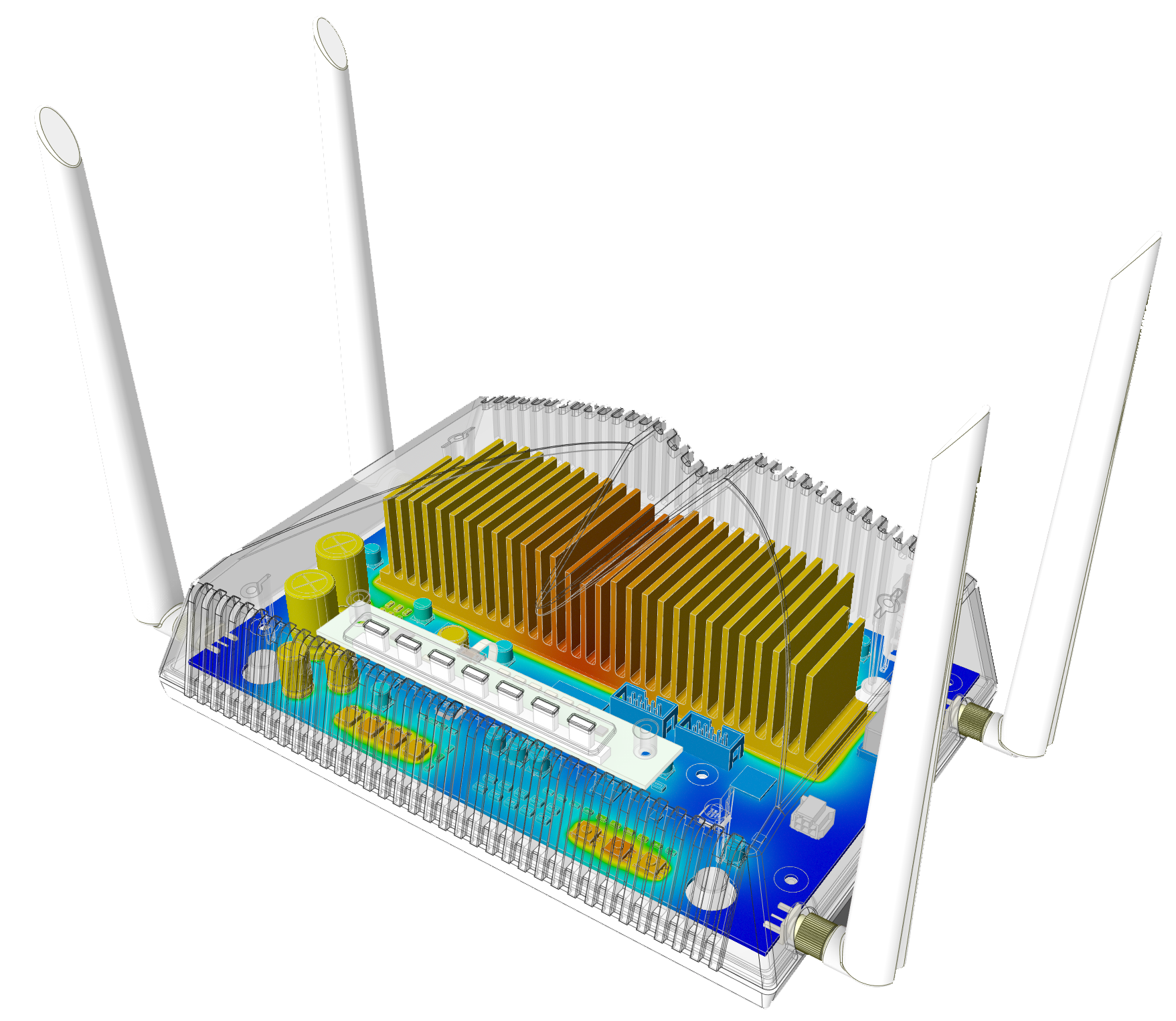Our Computer Aided Engineering Services branch provides a wide range of technical calculations. We provide tailored solutions for all our customers, from meshing and model building, through cooperation with in-house CAE teams, up to providing a complete simulation background for their development process. Our expertise covers most of the major CAE fields.
Expertise in
0different simulation fields
Over
0simulation engineers
Over
0simulation hours
Finite Element Analysis (FEA)
We provide a wide range of structural analysis of different machine parts and vehicle systems. With our simulation solutions we can model operating loads acting on the parts and overload conditions as well. As simulation results, we evaluate the deformations and stresses and possible failure in the critical parts and based on the results we give development proposals to our customers.
For assemblies we perform contact analysis to obtain the forces acting between parts and evaluate surface pressures and sliding behavior.
Nowadays, most of the vehicle parts fail due to fatigue loadings. We can perform fatigue analysis, where we evaluate the fatigue life of mechanical structures to a given survival probability.
Our engineers have a deep knowledge in harmonic analysis in frequency domain to determine the dynamic behavior of the structures.
We have a team for crash simulations to support vehicle chassis development or even to support hand-tool developments with virtual droptests. We have an extensive experience transient simulations including the modeling of the failure of each kind of materials including metals, polymers, ceramics and even composites. We deal with strength analysis since 2002, the simulations teams are continuously growing, we have partners in 4 continents, in more than 10 countries.
Partners in
0different countries
Computational Fluid Dynamics (CFD)
Our CFD engineers deal with the analysis of components in which gases and liquids flow. Our CFD simulation activities focus on the following areas.
Engine technology
- CFD simulation for turbo chargers
- modelling of camshaft phase
- analysis of exhaust systems
Rotating machines
- simulation of the flow space in a die cast housing
- determination of pressures, flow rates and temperatures
- design of rotors
- simulation for water turbines
Air conditioning
- vehicles, agricultural machinery
- determination of flow rates
- determination of comfort characteristics based on temperature field
External flow simulation
- determination of the aerodynamic drag coefficient of vehicles
- windscreen defogging, deicing simulation
- optimisation of aircraft body and wing design
Cooling of electronic components
- with Ansys IcePak module
- development of printed circuit board (PCB)
- development of electronic control units
Multibody Dynamics Simulation (MBS)
Multibody dynamic simulations are mainly used in automotive projects.
Application of multibody dynamics simulation illustrated with an example:
- vehicle suspension and parts of the drive train are modelled as ideal rigid bodies,
- a suitable wheel model can be used to simulate the forces on the frame structure and body due to road excitation with high accuracy,
- these so-called virtual proving ground (VPG) tests provide useful and accurate results.
Econ engineers have specific experience in multibody dynamic simulations supporting the development of buses within the automotive industry and military commercial vehicles within the defence industry.
In addition to vehicles, we also carry out simulations of mechanisms for our clients. Among the examples there are multibody dynamic simulations of a special butterfly valve or a variable geometry turbocharger housing.
1D System Simulation
In the simulation of complete systems, the mechanical, fluid dynamics and electrotechnical parts are combined in a so-called 1D model.
To simulate air conditioning, hydraulic systems or electrotechnical systems, our engineers combine the system simulation model with a detailed 3D model. In such cases, joint simulations are run.
Within the 1D system simulation, a digital twin of the system is created, which helps the effective analysis of the system operation.
